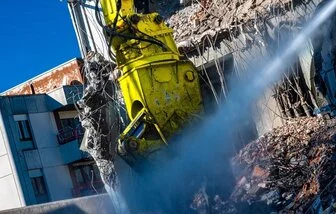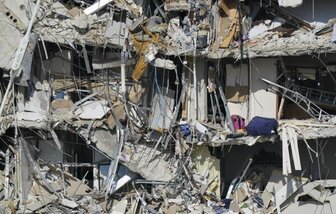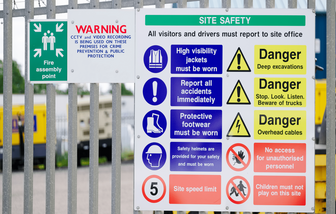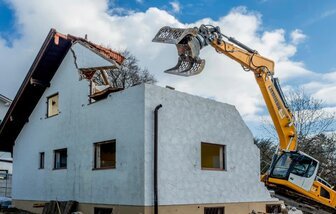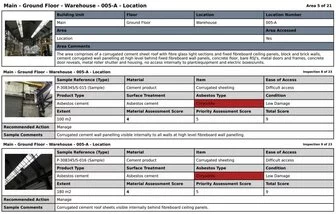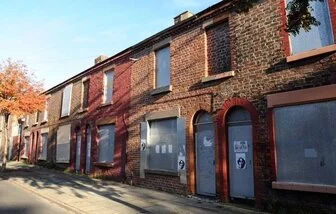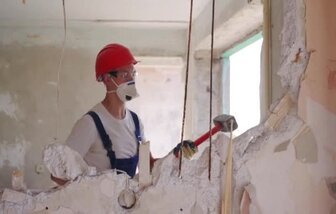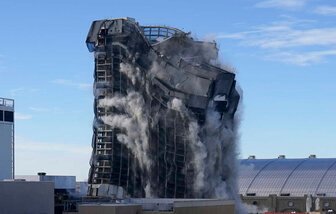Demolition risks & hazards
Demolition risk and hazards overview
Demolition is one of the most hazardous construction operations and is responsible for more deaths and major injuries than any other activity. Under the (CDM) 2015 regulations all demolition work requires a written plan to show how danger will be prevented.
If a demolition project is well planned the risks of injury and death can be minimised. It should be emphasised that the planning and execution of a demolition project should only be done by appropriately competent persons.
The work should be supervised by someone with sufficient knowledge of the particular structure being dismantled and an understanding of the demolition method statement. For complex demolition projects, expert advice from structural engineers will be applicable.
All demolition works must be carried out so as to minimise, so far as is reasonable practicable, the risks to employees and others who may be affected by the activities. CDM 2015 applies to all demolition work.
The HSE must be informed before work begins if the construction work, including demolition, is to last for 30 days and has 20 workers working simultaneously or more than 500 person days are involved
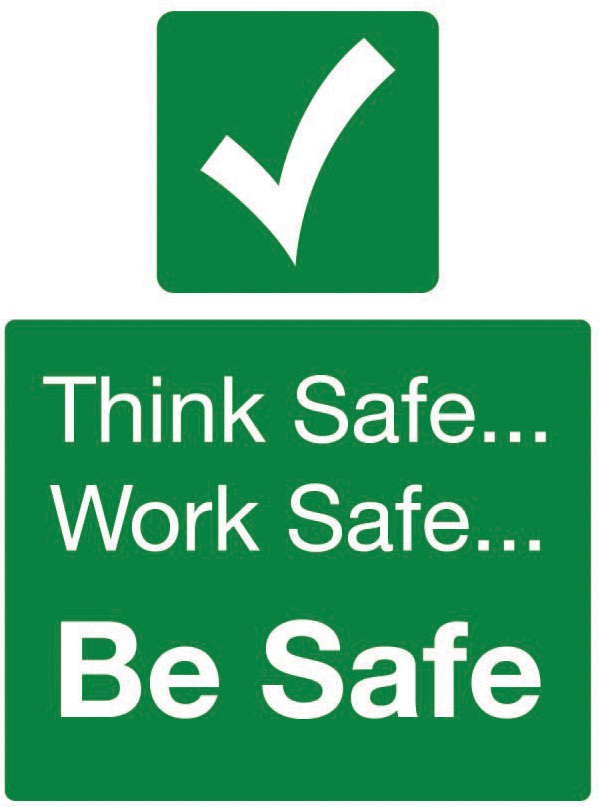
Demolition environments risks & Hazards
Where any redundant building, structure plant has contaminated flammable materials, precautions must be observed to avoid fires and explosions. Specialist advice must be required to identify any residual materials and assess whether any contamination remains. Any residue of flammable materials must be made safe. Deliberate burning of structures must not be used as a method of demolition. The burning of any waste materials, such as timber, on demolition sites must not be undertaken without approval of the local relevant authorities.
Arson, Good housekeeping and security
Arson, especially when the site is unattended, is a further risk of fire. Adequate site security, particularly the boarding of empty window spaces, and good housekeeping of the sit, by removing and/or isolating flammable and combustible materials, will assist in reducing the risk or arson at a demolition site. Portable fire extinguishers and access to local fire hydrants should be maintained throughout the demolition process.
Environmental airborne hazards in the form of pollution can be produced from petrol- or diesel-engine powered vehicles or machinery. This is a particular problem when the engines are poorly maintained or being overworked. Carbon monoxide from petrol- or diesel-driven plant is operated in enclosed areas. Finally, fuel storage tanks should be surrounded by a bund and standing vehicles and vessels should be provided with drip trays beneath them to prevent fuels from contaminating the ground and water courses.
What is demolition?
The process involves Rotational hydraulic shears and rock-beakers attached to specialist excavators are also used to cut or break through wood, cut steel and crush concrete which reduces the structure to a rubble
What is a premature collapse?
Premature collapse of these structures is one of the main causes of serious injuries resulting from demolition activities. The most common type of incidents is the lack of planning before commencement
Demolition hazards
If a demolition project is well planned the risks of injury and death can be minimised. It should be emphasised that the planning and execution of a demolition project should only be done by appropriately competent persons.
What is a section 80 demolition notice?
If your considering demolishing an existing building you will need to submit a demolition, Section 80 Notice together with your (RAMS) to your local authority according to section 80
What is a pre-demolition survey
When a building is to be demolished the (non-domestic) client (usually the property owner) has a duty to provide pre-demolition information to the designer and contractor. This will involve a pre-demolition investigation and survey.
How to manage asbestos in demolition
One of the key issues arising in demolition these days is asbestos. Widely used in construction projects by previous generations, asbestos is now accepted as the UK’s largest occupational killer and there are strict guidelines for the safe removal
House demolition in Manchester
Why let your house demolition efforts feel stressful. We have over 50 years experience in house demolition in Manchester, we are able to deliver a variety of demolition and development services throughout Greater Manchester.
What is manual demolition?
Among the methods, manual demolition is found to be most applicable for most sites, especially for areas located in the urban zone. The safety of the demolition process would greatly depend on the type of procedure used.
What is non-explosive demolition?
You do not need explosives for every demolition job. Most people assume that for a demolition to be a demolition there is a need for a kaboom. It does not have to be that way
Structural demolition
Structural demolition is not a walk in the park. Total Group is well placed to deliver a safe, environmentally friendly and a budget wise project. We focus on a process that will assist you to salvage and recycle material for reuse.
What is high risk demolition?
The building contractor needs to make a thorough risk assessment to look for both risks and hazards. Control measures are then implemented to prevent any accident that could be fatal.
Controlled demolition methods
If you have a large building that requires demolishing, you cannot rely solely on manual demolition to get the project completed. There is only so much that a team of demolition contractors.
Ready to start your project ?
Let's Work Together
Please complete the form below and someone from the Total team will be in touch.

